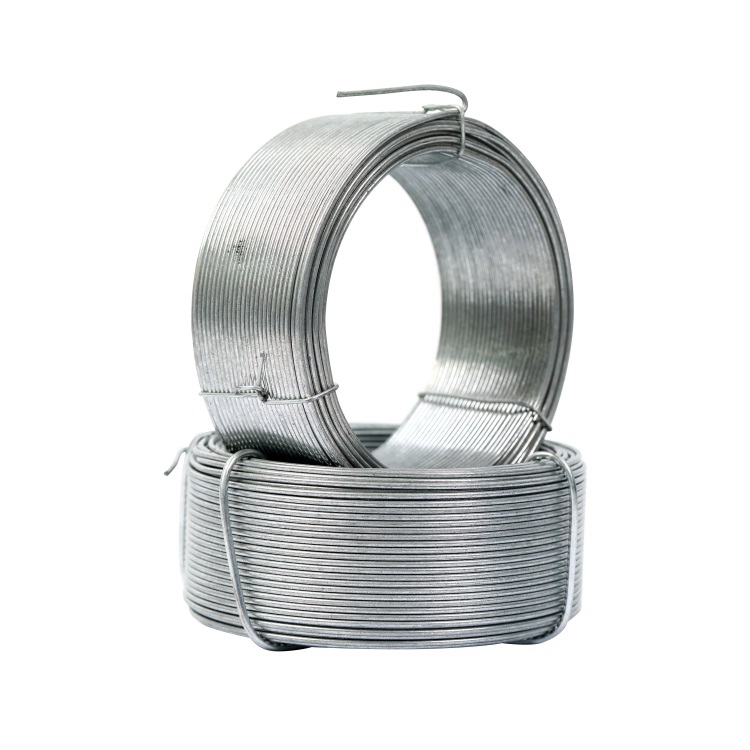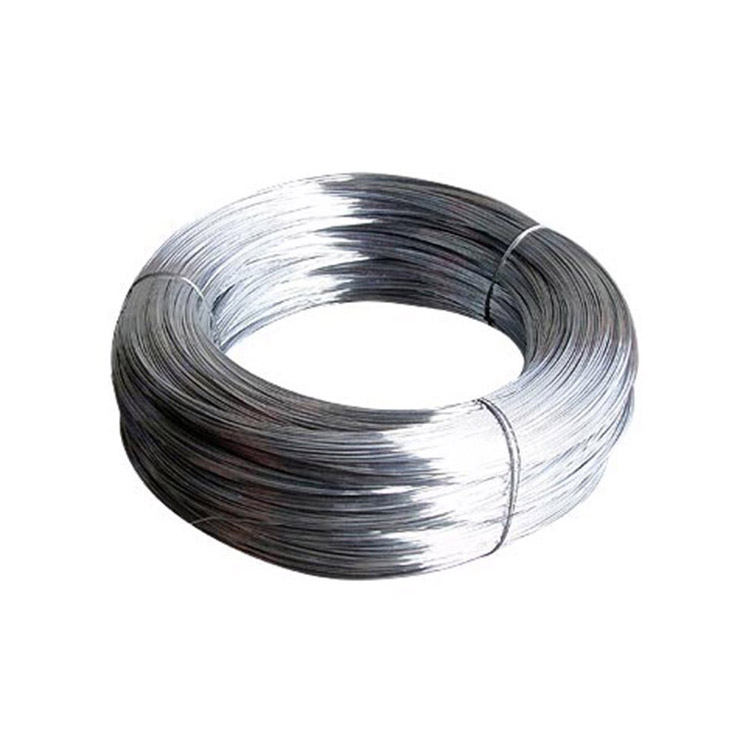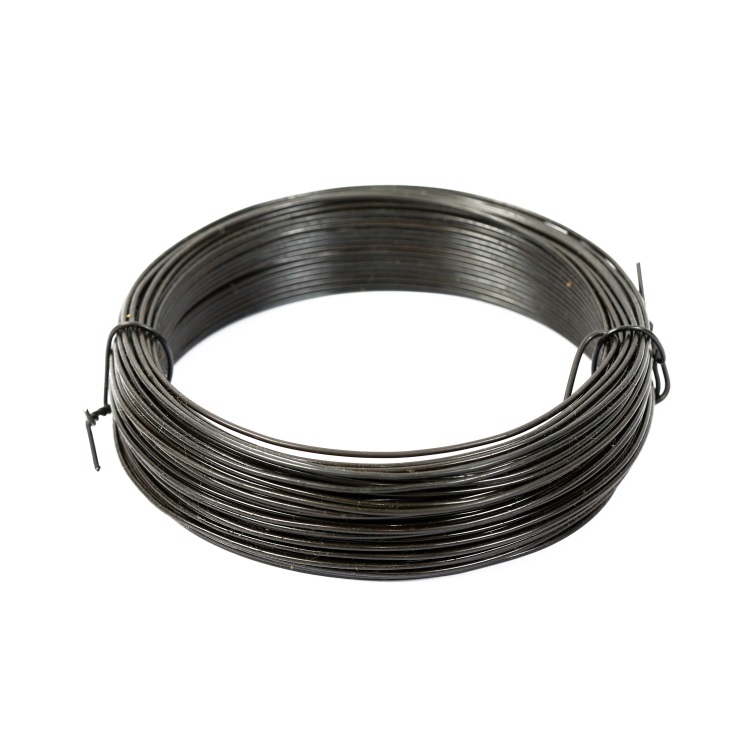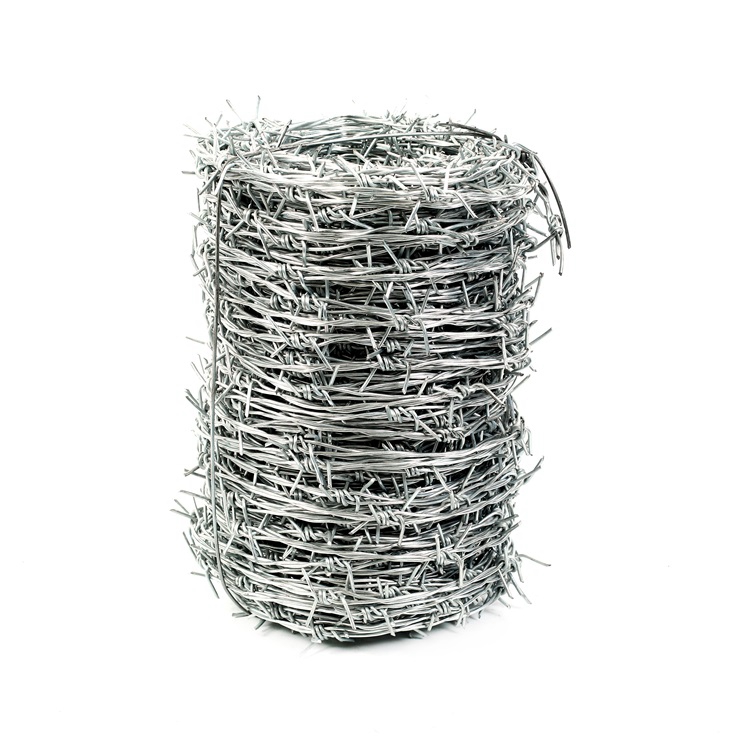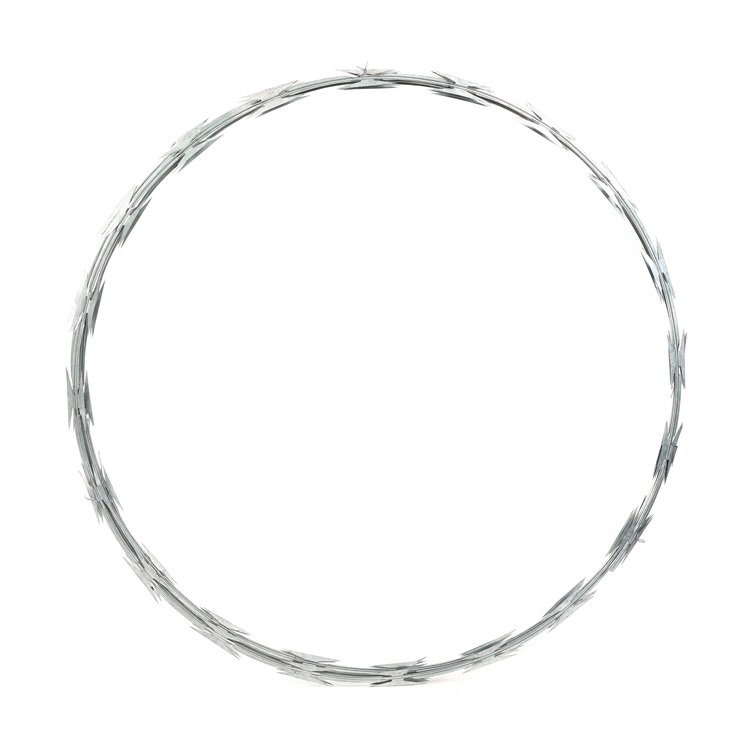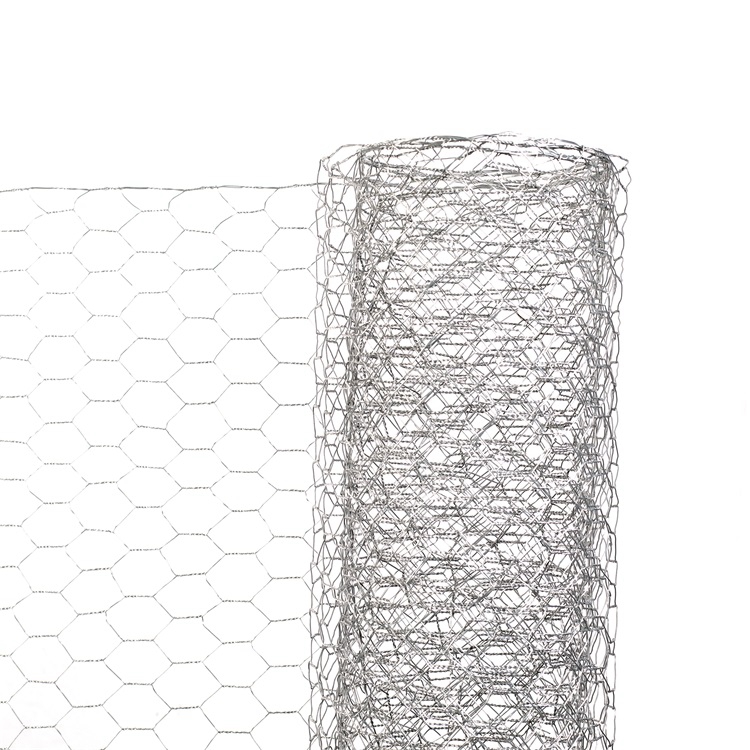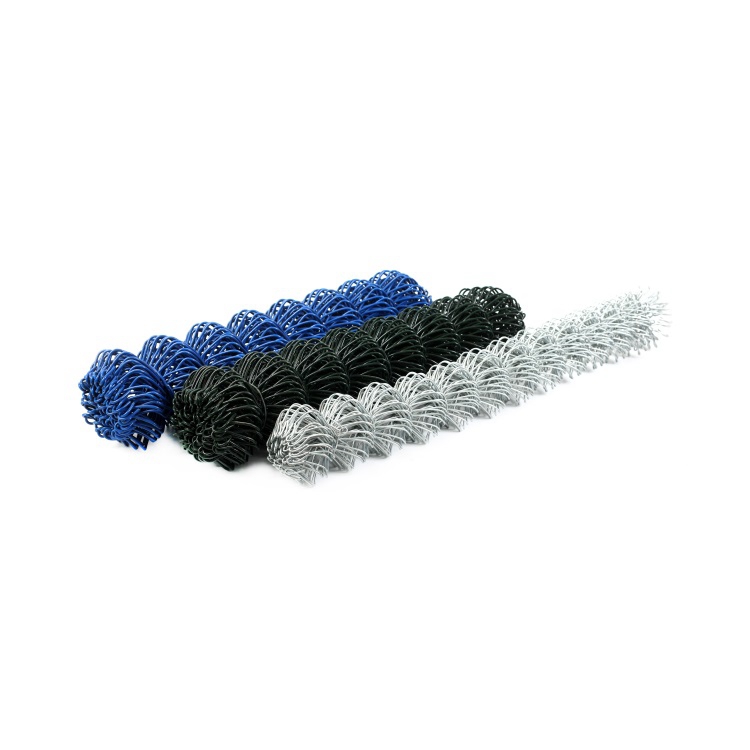Types and Uses of Common Nails in Construction
Nails serve as the backbone of construction projects, providing essential fastening solutions for structural integrity and durability. Among the wide variety available, four types stand out for their versatility and reliability: the unha comum, 10d nail, common wire nail. These fundamental fasteners each serve distinct purposes in construction, from heavy framing to delicate finish work. This comprehensive guide explores their unique characteristics, optimal applications, and why they remain indispensable in both professional and DIY construction projects.

Understanding the common nail and its applications
O unha comum represents the workhorse of construction fasteners, featuring a thick shank and broad, flat head that provides exceptional holding power. These nails typically range from 2 to 6 inches in length, with the diameter increasing proportionally with length. The unha comum excels in structural applications such as framing houses, building decks, and assembling wooden pallets. Its textured shank enhances friction within the wood, significantly reducing the risk of loosening over time. When working with dimensional lumber in load-bearing situations, construction professionals consistently choose the unha comum for its unmatched strength and reliability. The slightly tapered design allows for easier initial penetration while maintaining maximum holding capacity throughout the nail's length.
The versatility of the 10d nail in construction projects
As a specific category within the unha comum family, the 10d nail holds particular importance in construction terminology. The "d" designation (short for "penny") dates back to England's measurement system, where it originally indicated the price per hundred nails. Today, a 10d nail specifically refers to a 3-inch-long nail with a 0.148-inch diameter, making it ideal for joining 2x4 studs in wall framing. This size provides the perfect balance between length for secure penetration and thickness for structural integrity. Beyond framing, the 10d nail proves invaluable for attaching subflooring, building outdoor structures like pergolas, and assembling heavy furniture. Its standardized dimensions ensure compatibility with pneumatic nail guns, further enhancing its popularity on job sites where efficiency matters.
Why the common wire nail is a must-have fastener
O common wire nail offers a more refined alternative to its bulkier counterparts, featuring a slender, smooth shank that reduces wood splitting in delicate applications. Manufactured from drawn steel wire, these nails typically range from 1 to 4 inches in length with smaller diameters than unhas comuns. Their precision makes them perfect for finish carpentry, including installing trim, molding, and cabinetry. The common wire nail also serves well in temporary constructions, light woodworking projects, and craft applications where minimal surface disruption is desired. Many varieties feature a small, slightly rounded head that can be countersunk for a flush finish. For projects requiring both discretion and holding power - such as attaching beadboard paneling or constructing small wooden crates - the common wire nail provides an optimal solution.
Key differences between nail common and other types
While often used synonymously with unha comum, the term nail common actually encompasses a broader category of general-purpose nails. These fasteners typically feature a smooth shank and flat head, but may vary more significantly in length and diameter than standardized unhas comuns. O nail common serves as the go-to choice for rough construction where exact specifications matter less than general utility. In contrast, specialized nails like finish nails, brads, or casing nails serve specific purposes with their unique designs. Understanding these distinctions proves crucial when selecting fasteners - while a nail common works perfectly for building a garden shed, a roofing nail's wider head or a drywall nail's ringed shank would better serve their respective specialized applications. This versatility makes the nail common an essential item in every builder's toolkit.
About common nail, 10d nail, common wire nail, and nail common FAQS
Selecting the right nail for your project ensures both structural integrity and professional results. Below we address common questions to help you make informed purchasing decisions and achieve optimal performance from these essential fasteners.
What specific advantages does the common nail offer for structural framing?
O unha comum provides superior shear strength compared to screws or bolts in wood-to-wood connections, making it ideal for framing. Its thick shank resists bending under lateral loads, while the textured surface creates friction that prevents gradual loosening from wood movement.
How does the 10d nail compare to other sizes in load-bearing applications?
O 10d nail offers the ideal length-to-thickness ratio for standard dimensional lumber. Shorter nails may not provide sufficient penetration, while longer versions could protrude or reduce workability without adding significant strength benefits in typical 2x4 construction.
When should I choose a common wire nail over a finish nail?
Opt for the common wire nail when you need slightly more holding power than a finish nail provides, but still require a relatively inconspicuous fastener. Its smooth shank works well in hardwoods where finish nails might break during installation.
Can I substitute nail common for specialized nails in roofing or flooring?
While possible in a pinch, we don't recommend substituting nail common for purpose-designed roofing or flooring nails. Specialized nails feature coatings, heads, or shank designs that address specific challenges like weather resistance or reduced squeaking.
What type of hammer works best for driving these nails?
A 16-ounce curved-claw hammer serves as the ideal tool for manual installation of unha comum, 10d nail, common wire nail, e nail common. The weight provides sufficient driving force, while the curved claw offers optimal leverage for removal when necessary.
From the heavy-duty unha comum to the versatile nail common, these fundamental fasteners each play critical roles in construction projects of all scales. The 10d nail stands as the gold standard for framing, while the common wire nail bridges the gap between structural and finish work. Understanding their distinct characteristics, optimal applications, and proper usage techniques empowers both professional builders and DIY enthusiasts to select the perfect fastener for every task. By choosing the right nail for each specific application, you ensure not only the structural integrity of your projects but also the efficiency and quality of your workmanship. These timeless fasteners continue to prove their indispensability in an era of advanced construction technology, remaining as relevant today as when they first held together humanity's earliest wooden structures.
-
Discount 16 d Common Nails - Bulk, Durable, Fast Shipping
NotíciasNov.17,2025
-
Finish Nails - Durable, Rust-Resistant, Clean Countersink
NotíciasNov.17,2025
-
Barbed Wire: Galvanized, High-Tensile Security Fencing
NotíciasNov.17,2025
-
Discount 16 d Common Nails – Bulk, Durable, OEM Options
NotíciasNov.17,2025
-
Welded Steel Tube Temporary Fence – Galvanized, Durable
NotíciasNov.04,2025
-
Barbed Wire – High-Tensile, Galvanized, Bulk & Fast Shipping
NotíciasNov.04,2025







